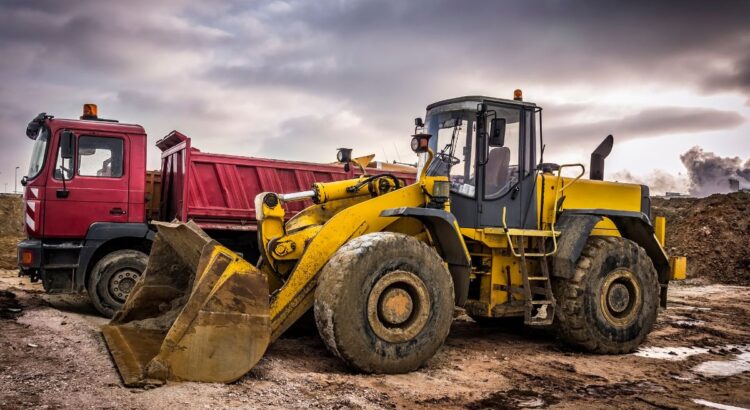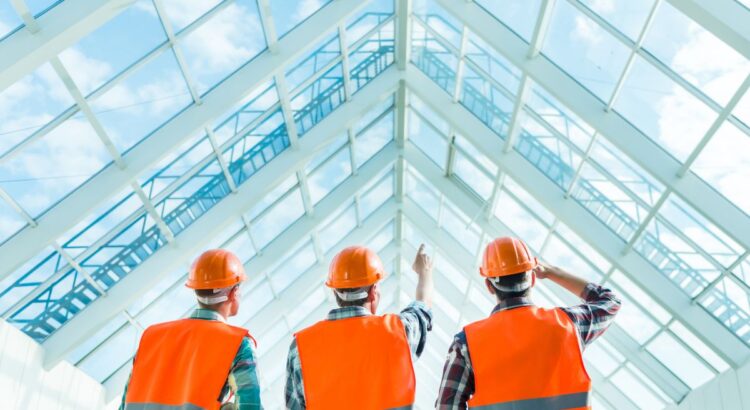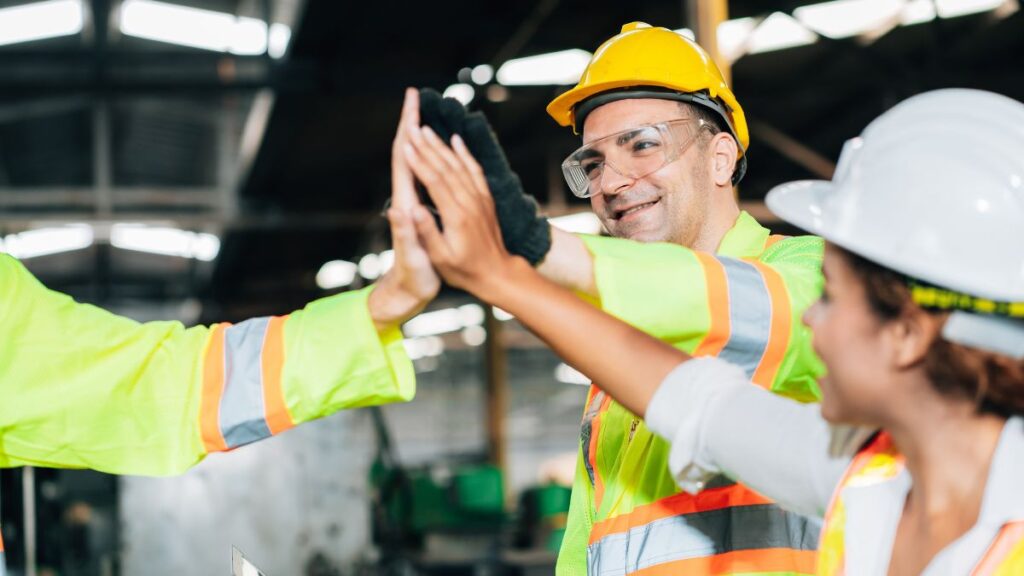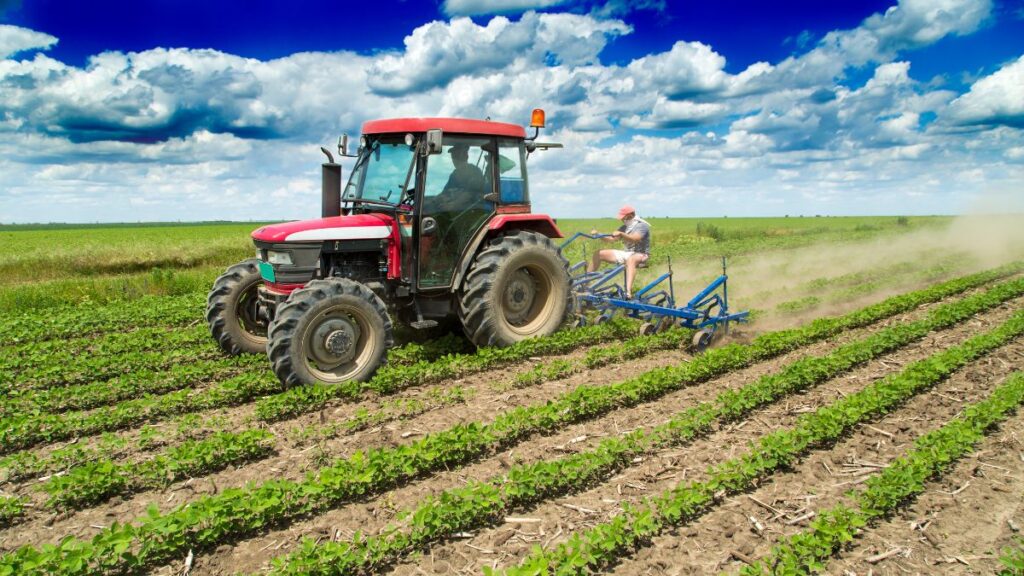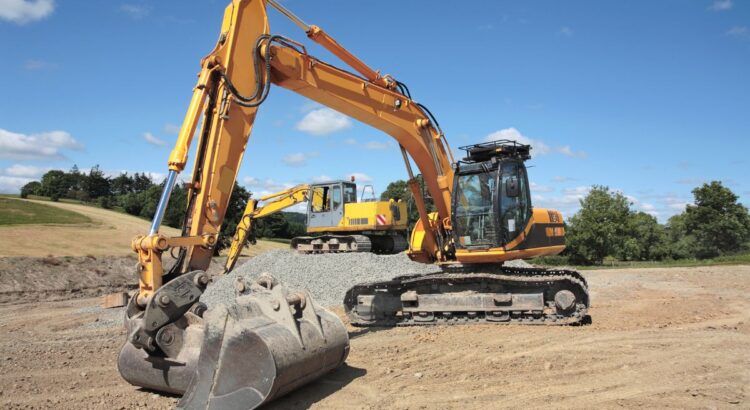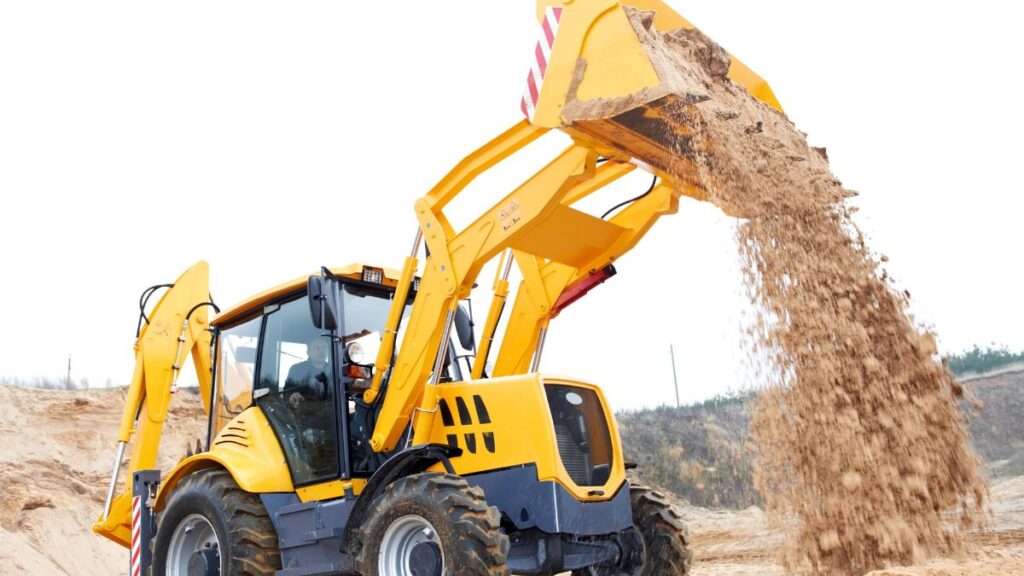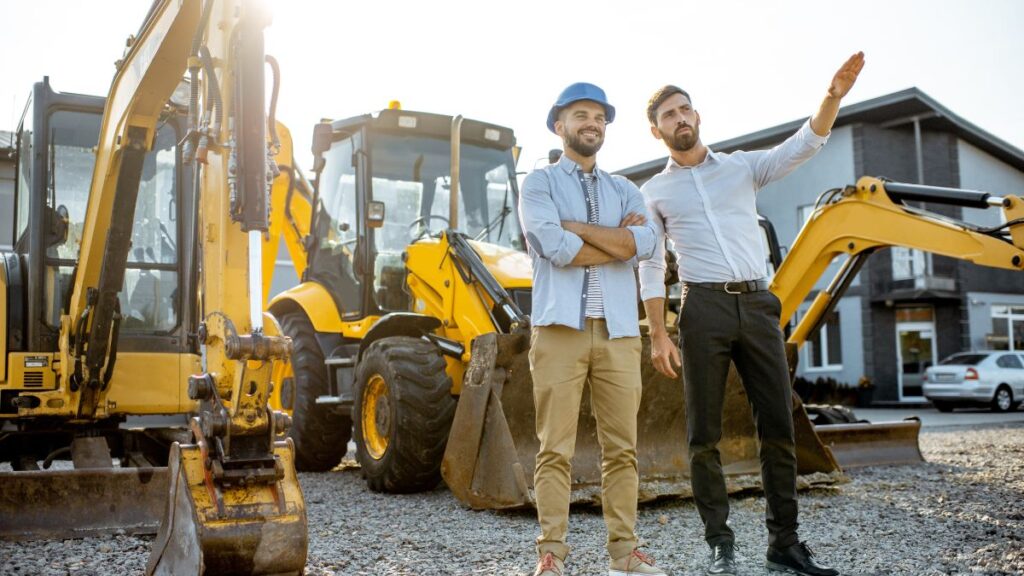Construction workers use a variety of machines to help them complete their tasks. Bulldozers, excavators, and cranes are some of the most common pieces of machinery found on construction sites. Although each machine has a specific purpose, they all work together to help build structures like houses and office buildings.
Operating a piece of construction machinery requires a great deal of skill and training. Construction workers must be able to control the machines precisely in order to avoid accidents. They also need to know how to use the machines effectively in order to complete their tasks efficiently.
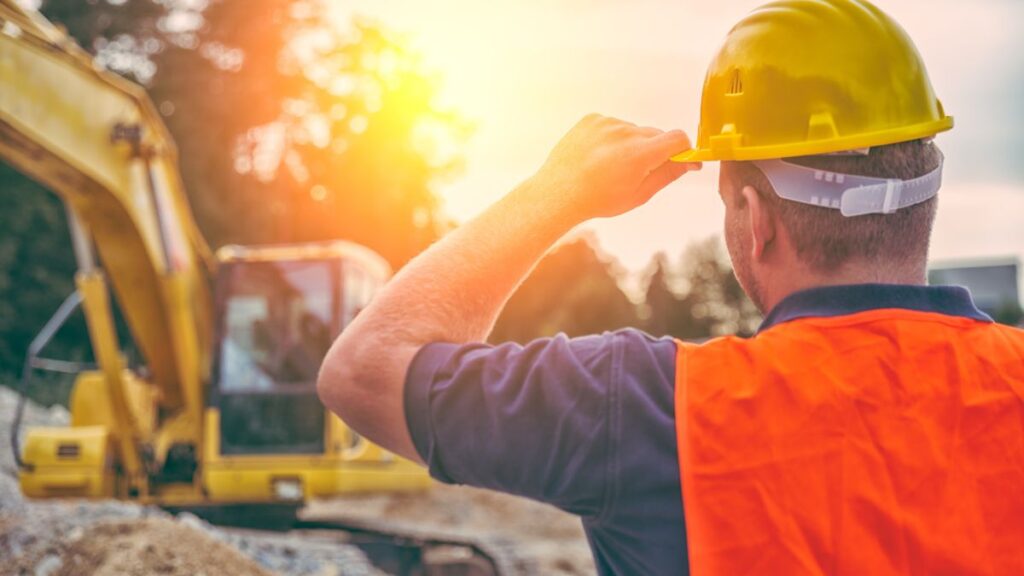
Working with construction machinery can be dangerous. Workers must take precautions to protect themselves from injuries. They should always wear proper safety gear, such as hard hats and safety glasses. They should also be aware of their surroundings and stay clear of areas where the machinery is operating.
Construction workers use a variety of machines to help them complete their tasks. Bulldozers, excavators, and cranes are some of the most common pieces of machinery found on construction sites.
Although each machine has a specific purpose, they all work together to help build structures like houses and office buildings.
Operating a piece of construction machinery requires a great deal of skill and training. Construction workers must be able to control the machines precisely in order to avoid accidents. They also need to know how to use the machines effectively in order to complete their tasks efficiently.
Working with construction machinery can be dangerous. Workers must take precautions to protect themselves from injuries. They should always wear proper safety gear, such as hard hats and safety glasses. They should also be aware of their surroundings and stay clear of areas where the machinery is operating.
Common Pieces of Construction Machinery
Construction workers use a variety of machines to help them complete their tasks. Bulldozers, excavators, and cranes are some of the most common pieces of machinery found on construction sites.
Bulldozers are large tracked vehicles that are equipped with a blade in the front. They are used to push dirt and debris out of the way. Excavators are also large tracked vehicles, but they have a bucket in the front instead of a blade. They are used to dig holes and trenches. Cranes are tall machines that have a long arm with a hook on the end. They are used to lift heavy objects and move them around the construction site.
Operating Construction Machinery
Operating a piece of construction machinery requires a great deal of skill and training. Construction workers must be able to control the machines precisely in order to avoid accidents. They also need to know how to use the machines effectively in order to complete their tasks efficiently.
Working with construction machinery can be dangerous. Workers must take precautions to protect themselves from injuries. They should always wear proper safety gear, such as hard hats and safety glasses. They should also be aware of their surroundings and stay clear of areas where the machinery is operating.
Not Your Normal Construction Machines: Looking at Uncommon Heavy Construction Machines
Heavy duty construction machines are typically used for a variety of tasks when it comes to major construction including, but not limited to, excavating, earthmoving, or material handling tasks. But there are some unusual machines that you might not associate with construction work that go above and beyond what you’re used to seeing.
Menzi Muck “Spider Excavator”
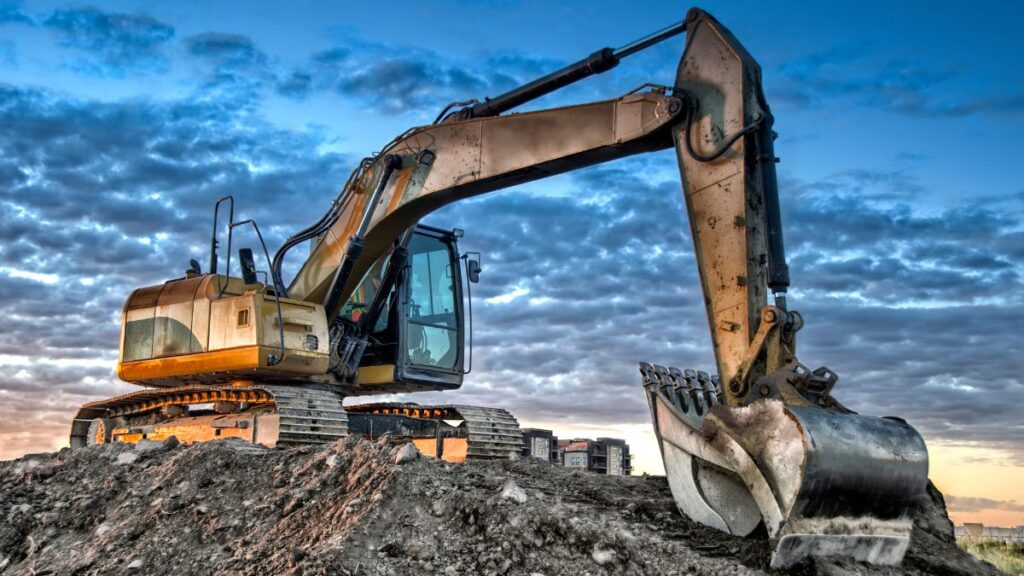
The Menzi Muck “Spider Excavator” is one of the most unusual construction machines out there. It’s designed for working in difficult or hard-to-reach places, like small gardens or construction sites with limited space. The machine has a compact body and can operate on rough terrain with “stretchy” legs allowing it to go places other excavators couldn’t without flipping, and still working on heavy duty level.
Bagger 288 Bucket Wheel Excavator
The Bagger 288 Bucket Wheel Excavator is the largest land vehicle ever built. It’s over 315 feet tall and weight over 14 million pounds. The machine is used in strip mining operations to move large amounts of earth and rock quickly. It can excavate up to 240,000 tons of material in a single day. This Titan/Behemoth of a construction machine is something to behold!
LeTourneau L-2350 Wheel Loader
The LeTourneau L-2350 Wheel Loader is another behemoth on this list. It’s the largest wheel loader in the world and can move up to 400 tons of material in a single scoop. The machine is used in mining and construction operations to move large amounts of earth, rock, or debris quickly.
Heavy Lifting Tower Cranes
Tower cranes are typically used in construction operations to lift heavy materials like concrete and steel. But there are some tower cranes that are designed for heavy lifting operations. The heaviest lifting tower crane in the world is the Liebherr LR 13000. It can lift up to 1,200 tons of material. That’s equivalent to lifting two fully loaded 747 airplanes!
The Biggest Modular Trailers
Modular trailers are used to transport large loads that are too big or heavy for traditional trucks. The biggest modular trailer in the world is the Haulmont HT1200. It’s over 200 feet long and can carry loads up to 1,200 tons. That’s the equivalent of carrying 20 fully loaded semi-trucks!
World’s Larges Motor Grader
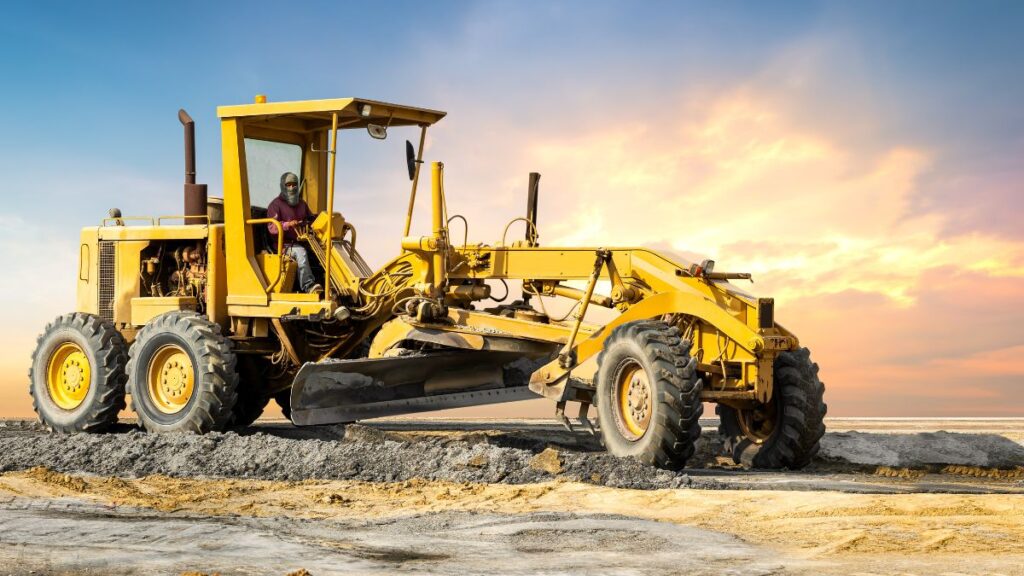
The Caterpillar’s 24H motor grader is the world’s largest and most powerful grader. It is used for heavy duty tasks such as preparing surfaces for construction, mining or other large projects. Launched in 1996 it is one of the most popular options still out there for this type of work.
These are just a few of the most unusual and impressive heavy construction machines out there. Next time you’re on a construction site, take a look around and see if you can spot any of these machines in action.
While these aren’t your normal run of the mill pieces of construction equipment, it does go to show the amazing things man can build to make sure they have the tools to get the job done no matter how big the job, or how incredible the machine needs to be.
